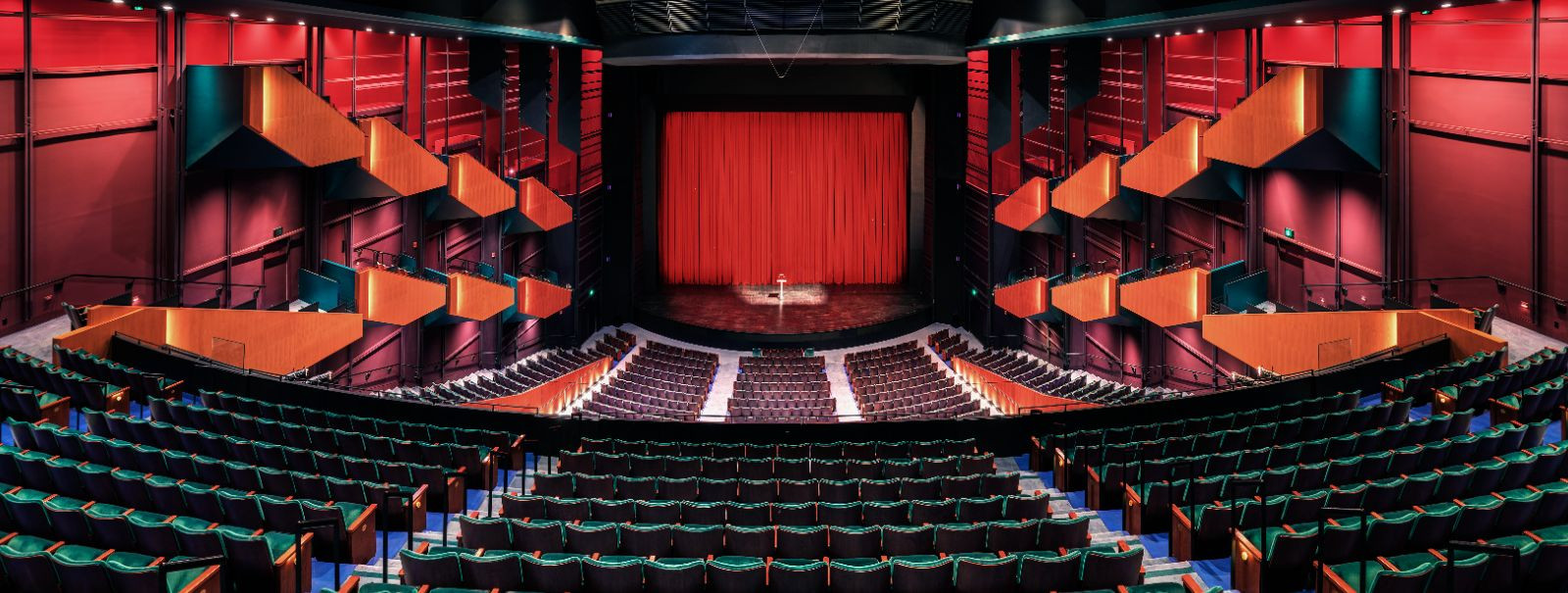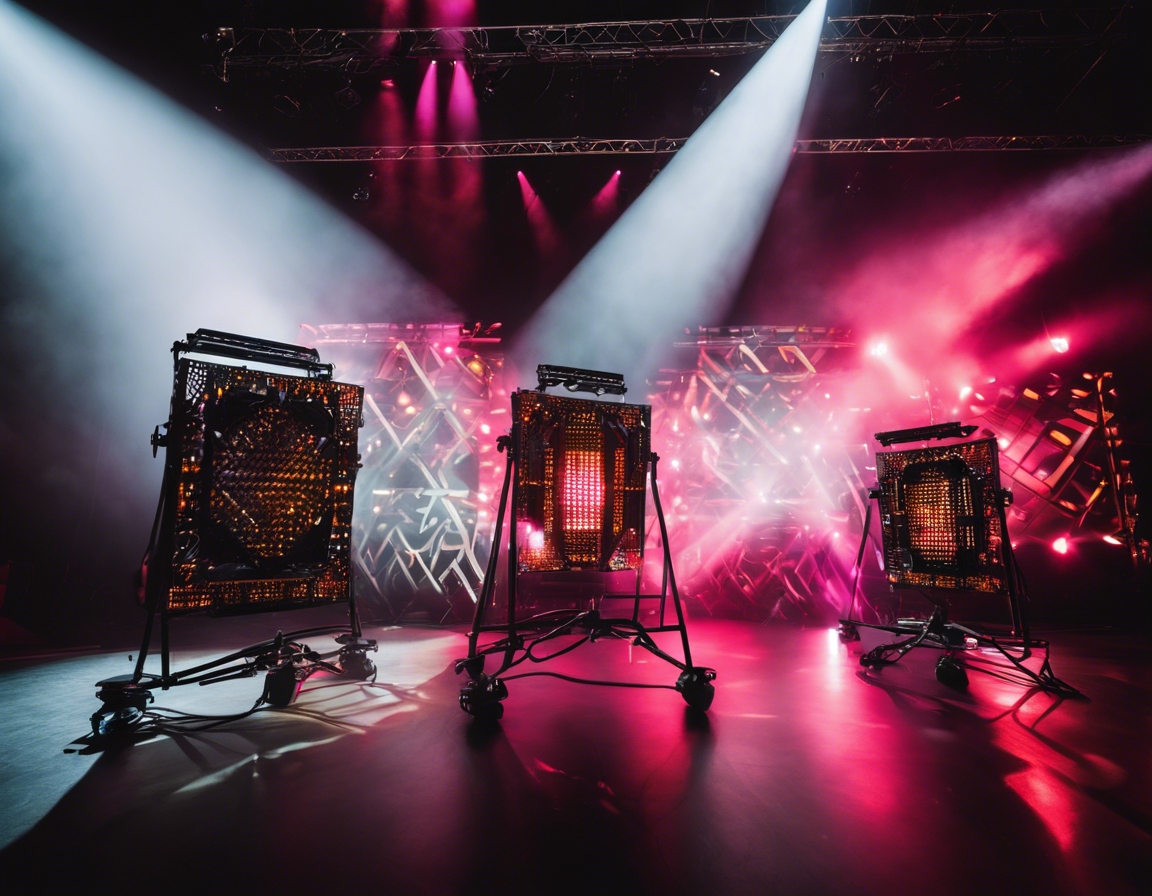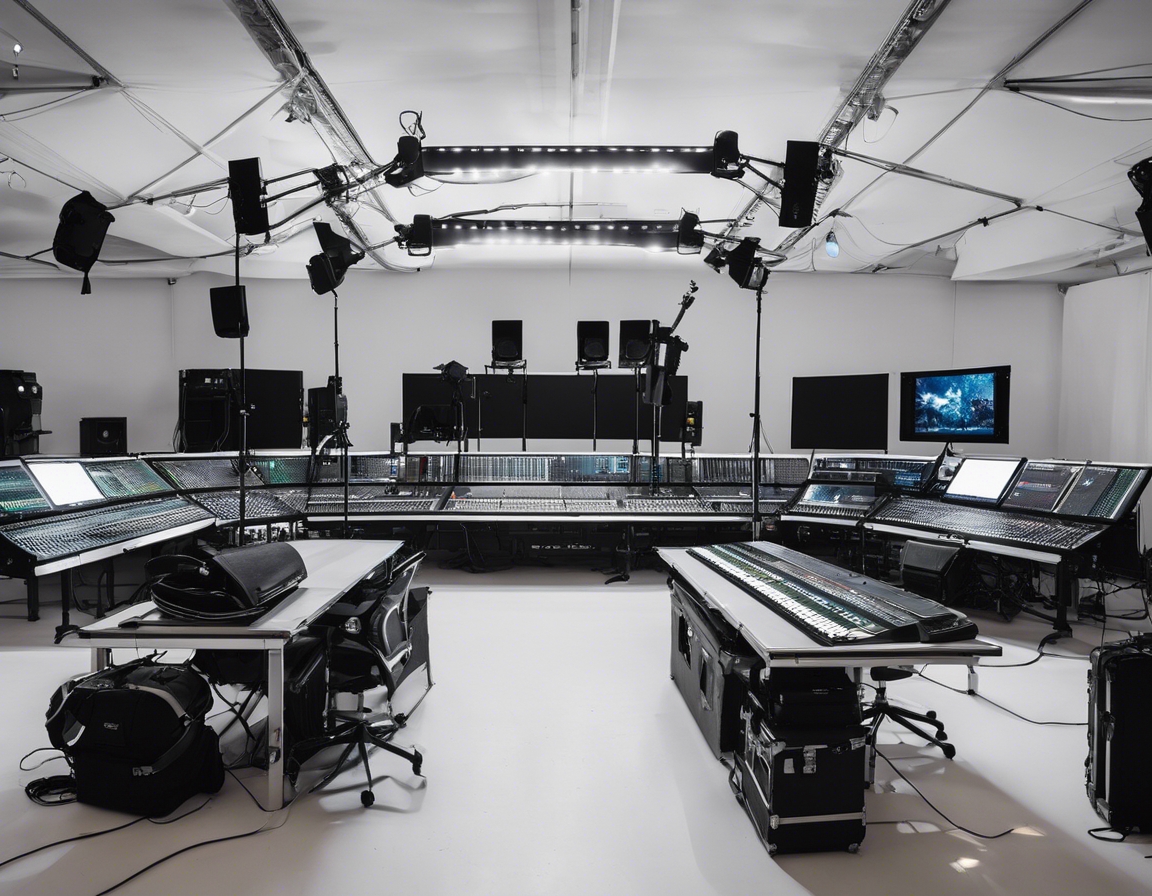Creating memorable experiences with innovative stage design
Stage design is not just about aesthetics; it's a critical component that can make or break the success of an event. It sets the tone, influences the mood, and ultimately, contributes to the creation of a memorable experience for attendees. A well-designed stage can captivate an audience, enhance performances, and ensure that the event's message is delivered effectively.
Every event is crafted with the audience in mind. Understanding their expectations and how they interact with the environment is key to creating an engaging and immersive experience. The stage is the focal point of any event, and as such, it must be designed to be both visually appealing and functional for the audience's viewing pleasure.
Key Elements of Stage Design
Lighting and video are powerful tools in stage design. They can transform a space, create mood, and convey messages without words. Innovative lighting techniques and high-definition video content can add depth and dimension to performances, making them more dynamic and engaging.
Great sound is essential for any event. The clarity and distribution of sound can greatly affect the audience's experience. High-quality audio systems and thoughtful acoustics design ensure that every note and word is heard as intended.
The layout of the stage should facilitate the flow of the event, allowing for seamless transitions between different segments. It should also maximize the use of space, ensuring that all elements are visible to the audience and performers have the room they need to express themselves.
Thematic elements are essential for storytelling and creating a cohesive atmosphere that resonates with the event's purpose. Whether it's a corporate event, a wedding, or a concert, the theme should be reflected in every aspect of the stage design.
Technological Advancements in Stage Design
LED technology has revolutionized stage design, allowing for vibrant displays and creative video walls that can change the visual landscape in an instant. These technologies offer endless possibilities for customization and can adapt to any event theme.
Immersive audio solutions, such as 3D sound systems, create a surround sound experience that envelops the audience, making them feel like they are part of the action.
Interactive and responsive design features can engage the audience in new ways. From stages that react to performers' movements to apps that allow audience participation, these features create a two-way interaction that can be both entertaining and memorable.
Incorporating Branding and Messaging
For corporate events, integrating branding into the stage design is crucial. Strategic placement of logos, colors, and messaging reinforces brand identity and ensures that the brand is at the forefront of the attendees' minds.
Storytelling is a powerful way to connect with an audience. A stage that tells a story can captivate attendees and leave a lasting impression. By weaving narrative elements into the design, events can become more impactful and meaningful.
Environmental and Safety Considerations
More than ever, sustainability is a concern in event production. Employing eco-friendly materials and practices in stage design not only benefits the environment but also resonates with a growing eco-conscious audience.
Safety is paramount in stage design. Ensuring that all structures are secure and that the design complies with safety regulations is essential for the well-being of everyone involved in the event.
Working with Professionals
Working with a professional stage design company like HAPPY PRODUCTION OÜ can take an event to the next level. With expertise in sound and lighting equipment, as well as a keen eye for design, a professional team can ensure that every aspect of the stage is optimized for an unforgettable experience.
Collaboration is key to successful stage design. A good design team will work closely with clients to understand their vision and objectives, ensuring that the final design aligns with their goals and exceeds their expectations.






Comments (0)